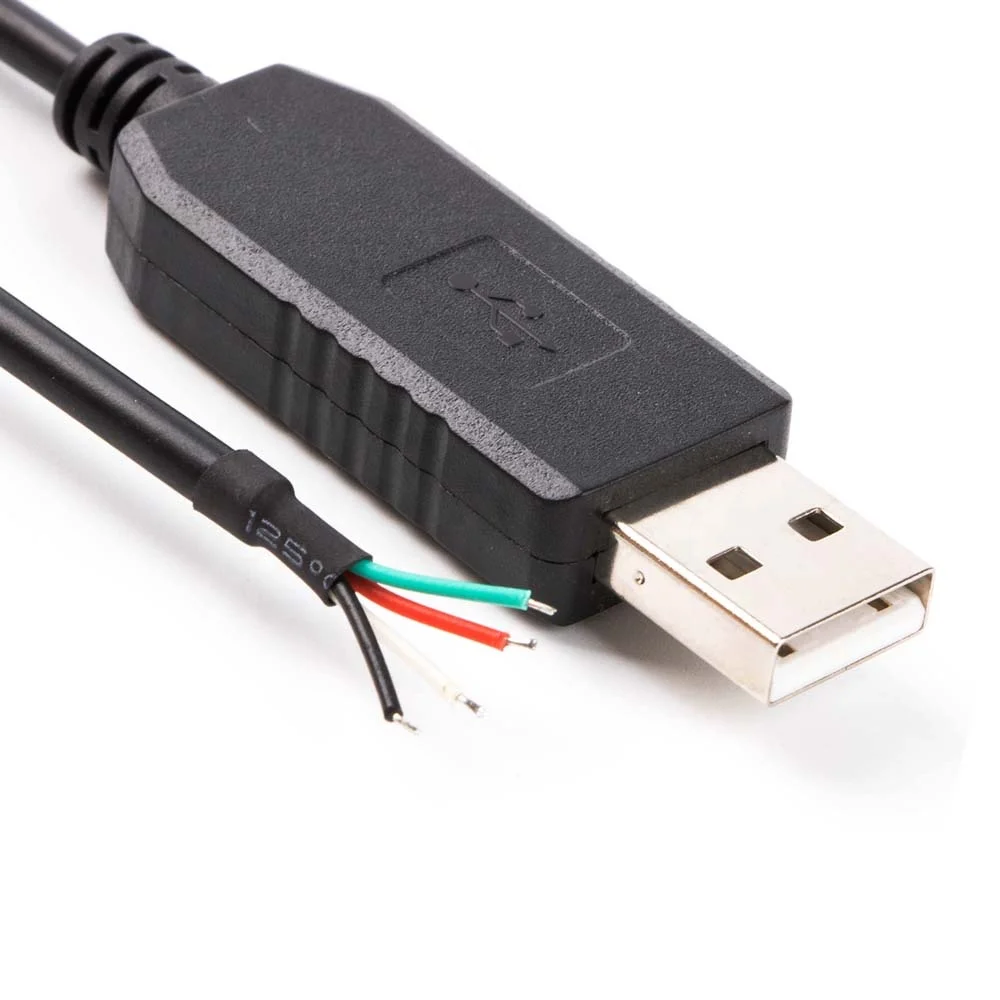

The protocol is set up for 8 data bits, no parity, and one stop bit (8N1). The code initializes the hardware UART on the Teensy 2.0 and transmits "Hello World" repeatedly over the UART port at a baudrate of 34800. There is a cp210x.h and cp210x.c file included in the example. You may need to install the avr-gcc compiler This code is tested to compile via avr-gcc under Windows and Linux.

Finally since the CP210x module will power the Teensy, connect the 5V pin of the CP210x to the 5V pin of the Teensy 2.0. The receive (RXD) of the microcontroller then goes to the transmit (TX) pin of the CP2012. Be aware that when using UART serial, the transmit (TXD) pin of the microcontroller should be connected to the receive (RX) pin of the CP2102. The Teensy 2.0 has two dedicated UART serial pins located on PORT D, pins 2 and 3. Common grounds must always be used for communication systems to allow for reliable signal transfer. To wire the system, connect a common ground between the CP210x module and the Teensy 2.0.

For this example the CP210x module will be used to power the Teensy 2.0 at 5V after programming. Both outputs are only rated of low currents (less than 100mA) but it can be very useful for powering a small system from a USB port. Unique to this PCB implementation of the CP2102 is both a 5V and 3.3V output. This example will detail the wiring for a Teensy 2.0 microcontroller.
Wiring: The CP210c module can be connected either a 5V or 3.3V logic level UART serial port.CP2102 with other USB-UART adapter circuit works similar to the PC through the driver's USB port into a virtual COM port in order to achieve the purpose of expansion. tiny26 Microcontroller Board (tiny26.1)ĬP2102 its high integration, built-in USB2.0 full-speed function controller, USB transceiver, crystal oscillator, EEPROM, and asynchronous serial data bus (UART), supports full-featured modem signals, without any external USB device.usb usb1: Manufacturer: Linux 3.19.0-32-generic ohci_hcd usb usb1: Product: OHCI PCI host controller usb usb1: New USB device strings: Mfr=3, Product=2, SerialNumber=1 usb usb1: New USB device found, idVendor=1d6b, idProduct=0001 usbcore: registered new device driver usb usbcore: registered new interface driver hub usbcore: registered new interface driver usbfs If someone tries the same and finds a workaround pls. With distros like xubuntu and solydxk for example it worked out of the box to connect to the IoT device over USB-Serial (now i do it with VirtualBox and a solydx installation). I could not figure it out as there was already a cp210x driver installed. l-TerminalĪlso I tried to compile as in the tutorial described. But as I was looking for help in IRC I tried a LinuxMint Mate 17.3 Live CD to connect my onion omega (IoT device).Īs I do have some hints for an error, I will post it here.


 0 kommentar(er)
0 kommentar(er)
